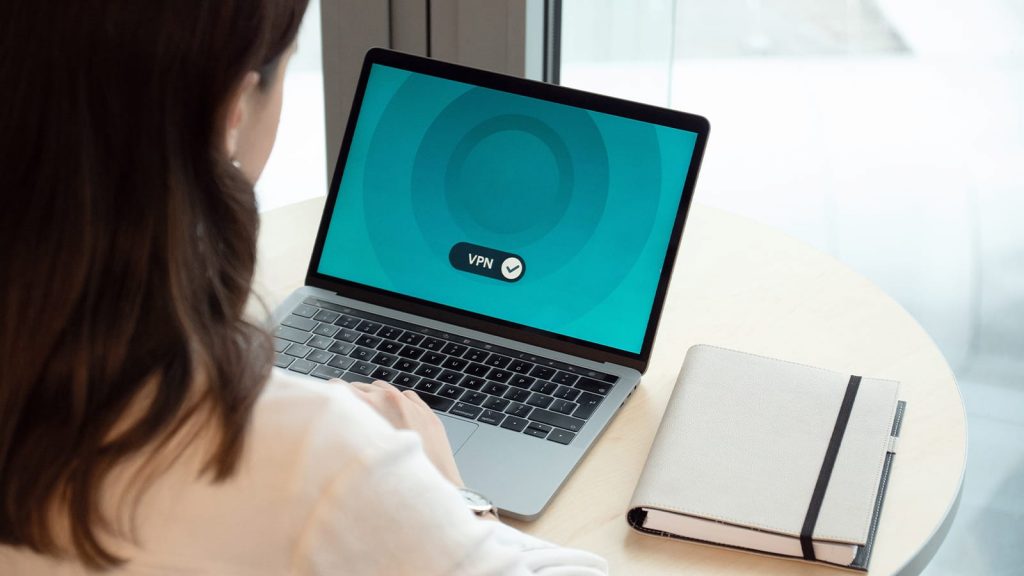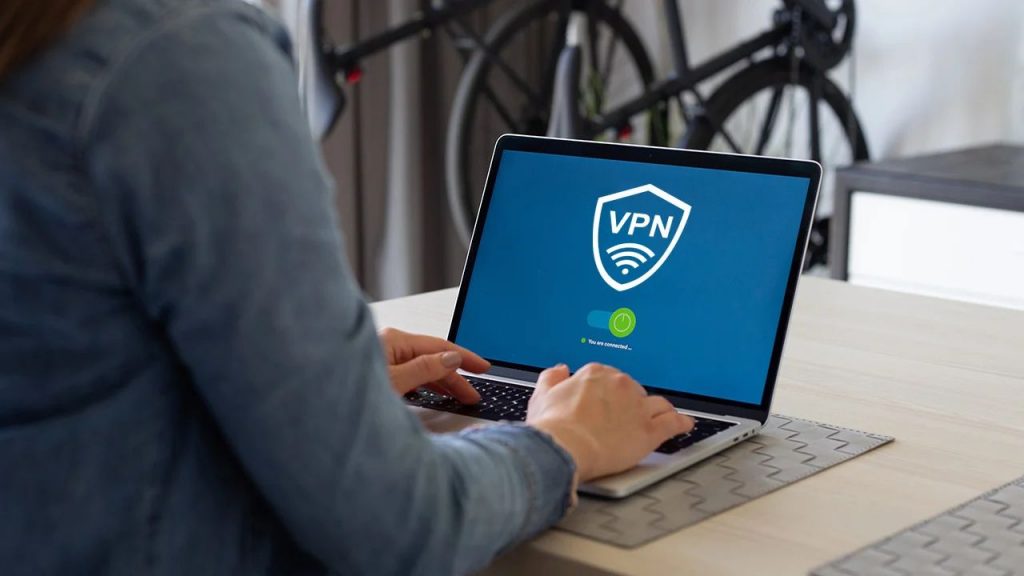If you want to protect yourself from the danger lurking from VPN apps or software but still want to access internet content or websites without paying, creating your VPN server can be the most logical thing to do.
While this might sound like something complicated, worry not because, with the help of this article, you will be able to learn how to set up a VPN server on your own and therefore stay safe and secure while browsing through various websites. So, let’s begin.

How to Set Up a VPN Server
As there are numerous ways how to set up a VPN server, we have decided to share with you and explain step-by-step the most efficient and straightforward ones. All you will need to do is follow the directions carefully, and if everything goes smoothly, you will be able to setups a VPN server in no time.
Set up a VPN server on the router
One of the most famous methods to set up a VPN server is to set it up on your router. To do this, you will need to replace the operating system of your router with advanced firmware. The most popular firmware is DD-WRT, but OpenWRT or Tomato is also among the favorites.
The process of creating and, more importantly, hosting a VPN server on a particular router is called flashing. We must warn you that if you decide on this method, you will need to set aside a lot of time, and you will need to follow the steps very carefully as this process is quite risky.
That being said, if you carefully follow the steps we share, there is nothing to worry about. Another thing you will need to check is whether your router can support the firmware by doing a thorough check. If everything seems correct, you may proceed on to the next steps.
Flash your router
- The first and most important thing to start with is to check your router’s compatibility with some of the firmware we have mentioned earlier and purchase it. You can also purchase a router with pre-installed firmware.
- With the help of the Ethernet cable, connect the router and computer by plugging this cable into the suitable LAN ports.
- Next, you must open your browser and enter your IP address in the search bar. Log in to your router and go through the router’s settings to find the router’s update or upgrade option.
- Now, the most crucial step. Find your router’s manual or read online step by step how to flash the particular model of router you own. If not done correctly, you might do some potential harm to the entire router, so be cautious.
- After successfully flashing your router, restart it and then log in again.
Create a VPN server
Once you have successfully flashed your router, you can continue creating the VPN server.
- Look for the router’s control panel, select the Wireless tab, and then locate the VPN tab. After doing so, enable OpenVPN.
- Finally, you will need to set up your clients and VPN server. As this process is quite complicated, we strongly advise that you refer to the specific instructions of the firmware you have chosen. As one mistake can damage your entire router, go slowly and step by step.

Set up a VPN server on a cloud service
One of the fastest ways to set up a VPN server is to rent a cloud server from a reputable source and create your VPN there. Remember that you can choose between a free or premium packet, where you will need to pay a symbolic monthly fee for the subscription.
The one possible downside of this method is that while you are away from home, you will not be able to access your local network as this server will be located in a country of your choice. This means you can access websites and online content only in the country where the server is located.
Another thing we would like to mention here is that you must carefully choose your cloud service provider regarding your internet traffic to avoid any privacy concerns.
Lastly, after you choose, download, and install the VPN suite, a little coding is required, and you can do that by following the steps we provide below. Remember that these steps may vary from one cloud platform to another, so you might need to adapt them according to your particular cloud service.
Read more: How to Access Router Settings From Phone
Set up a cloud VPN server on your device
- Create an account on the website of your chosen cloud service.
- Download the VPN (you can try Algo VPN), unzip the file after downloading, and install the components by following the specific instructions. This process can be different for every operating system.
- Proceed to run the installation wizard, choose the Server location, enter the access, and then the secret keys from AWS. Lastly, set your unique VPN preferences.
- Finally, after completing all the steps, all that’s left to do is connect all your devices of choice to the VPN by following the specific instructions for the particular devices.
Purchase or get a VPN router
If you are looking for the quickest on-the-go method, purchasing a VPN router should be it. You must ensure that the router supports your preferred protocol and that you are ready to go.
All you will need to do is, set up your VPN router and enable the router’s VPN. Then, you will need to set up your VPN client.
- Download the configuration files from your router’s control panel that match your specific device’s operating system.
- Select and unzip those files, and then ensure to copy them to the VPN client folder on your preferred device. You can do this by using a USB cable or wirelessly.
- Finally, you can proceed to connect to the VPN while away from your home network.
Conclusion
In this article, we have included the three most efficient methods of how to set up a VPN server, and we have explained them in the most simplistic way possible.
By following our step-by-step instructions, we do not doubt that you will succeed in establishing a VPN server all by yourself!